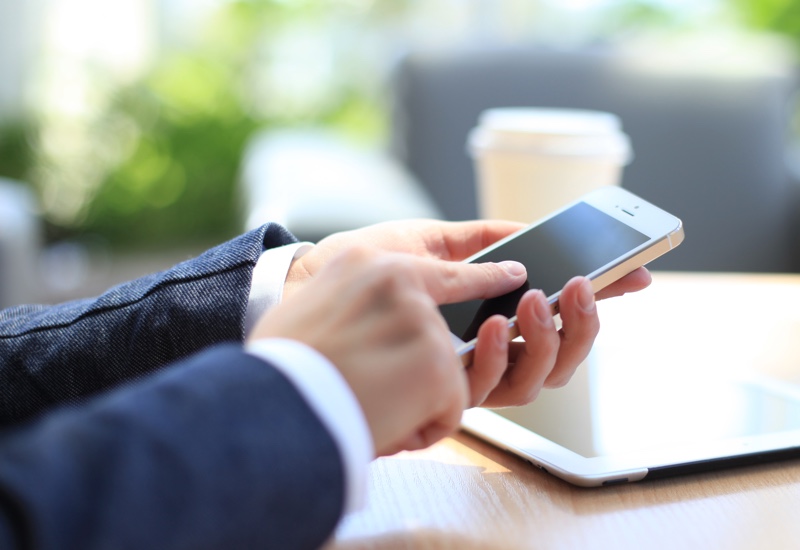No matter how paperless your personal workflow is, you still have to deal with paper, even if it’s only to scan the incoming mail (though there are services that will do that for you). You need to capture its information and get it into your productivity system.
I used to have four scanners, including a Doxie Go that I carried with me. I used the Doxie to scan receipts, business cards, agendas, take-out menus… It was easier to scan the paper immediately, rather than make sure the paper survived long enough to capture it back at my desk.
It was an indespensible part of my trusted system, but my Doxie hasn’t left the house for months now. Not only has the quality of the camera on my phone been steadily improving, but so has the quality of the scanner apps that are available. Here are four iOS apps that will help you capture paper on the go. (If you carry Android, check out this roundup of PDF scanner apps at Joy of Android.)
-
Evernote. Evernote was one of the first apps I remember adding support for the iPhone’s camera. There are now multiple camera modes, including a business card mode that scans a business card and extracts the contact information, and a mode for scanning Post-It notes. (I need to create an excuse to try that one.) There is also a document camera that will automatically detect the edges of a piece of paper, remove the background, and correct the image if the photo was taken at an angle. If you’re going to save the scanned document in Evernote, just use Evernote to scan it.
-
Scannable. Evernote also offers Scannable, a standalone app that takes the point-and-go simplicity of their document camera and gives you some flexibility as to where the scan ends up. You can send it to Evernote (naturally), attach it to an email or an iMessage, or save it to iDisk. Scannable also supports iOS 8’s share sheets, so you can export scans to any app that accepts file (including Dropbox).
One unique thing about Scannable is that it doesn’t store any documents in the app. You have to save, share, or export a document before you scan the next one. Some people might be put off by this, but I love this workflow. I either send the scan to its final destination—an email, or AirDrop to my Mac—or export it to the Inbox folder on Dropbox for later processing. By not leaving the scan behind in the app, I have one less Inbox I need to stay on top of.
-
Scanbot. Scanbot, by doo GmbH, gives you more control over the scan settings than Scannable does. You can adjust the crop; switch between color, grayscale, and black-and-white scans; and rotate the image. Scanbot supports most major cloud services, including Dropbox, Evernote, Google Drive, and Box. Scanbot can automatically upload your scans to your cloud service of choice, so you can scan a receipt and forget about it.
My favorite feature of Scanbot (Pro) is that you can customize the template that it uses for the default file names. I’ve set mine to “Scan [Year]-[Month]-[Day]”, so it already has today’s date (in YYYY-MM-DD format, of course). I just replace the word “Scan” and I’m done. That feature right there is worth the $5 upgrade to Scanbot Pro.
-
The camera app. When all else fails, just take a picture. Sometimes you just need a reference shot or a reminder. This is the quickest solution, if you don’t need archival-quality results. Ubiquitous, basic, functional.
Honorable mention: If you need a QR code reader, check out Scan.
I tend to go back and forth between Scannable and Scanbot, depending on whether I want a quick scan or settings to fiddle with. Scannable seems to be better at scanning whiteboards; Scanbot seems better at scanning receipts. It’s probably worth having both on your phone.
Paper is finicky. It’s difficult to archive, search, and carry with you. Scanning makes it more accessible, so you’ll have the information you need when you need it, wherever you are. With the phone you’re already carrying with you, you can capture on the go. Less stuff to carry, less information to lose, and less to worry about.
Question: What app do you use to capture paper into your productivity system? Share your thoughts in the comments, on Twitter, LinkedIn, or Facebook.

